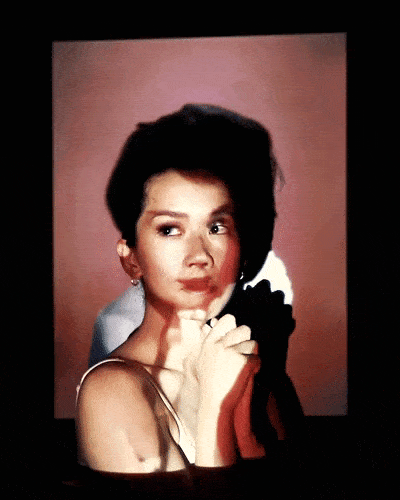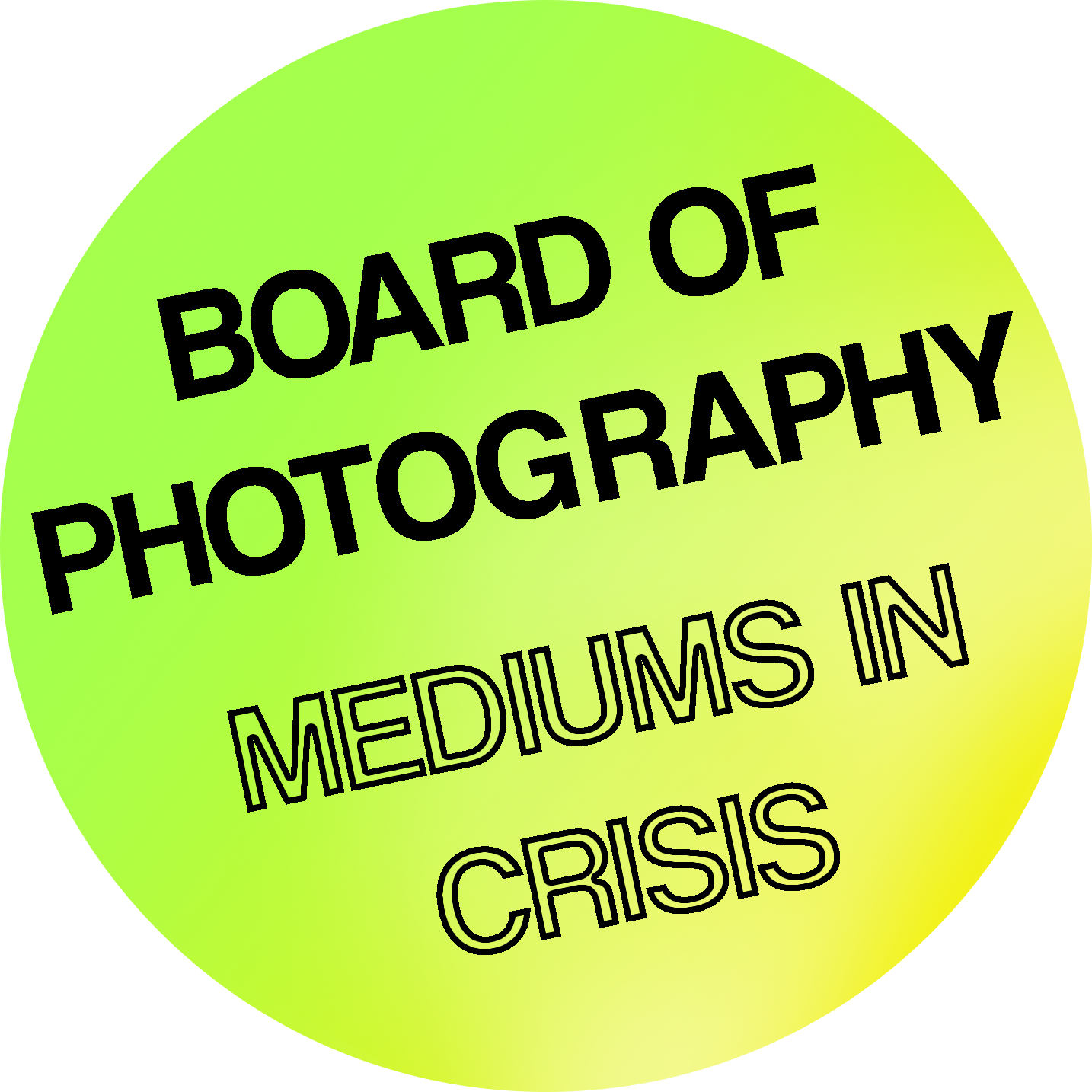Nora Heinisch
Why can’t I hold all these projections?, Audrey
How often do you want a nice moment to stay? Can you accept that every nice moment is born to die in the next moment? Or are you taking your smartphone to capture it, to make it immortal? Is it becoming immortal?
Eternity.
Do you like memories? How often are you capturing an empty memory? An empty memory is like a white page – you can draw afterward everything you want on it.
Control.
As soon as we are just thinking about being looked at we start posing. We are becoming images. By transforming our bodies into images we are communicating. This is how we speak with our bodies.
The images we become are based on pictures we’ve seen before. We are constantly consciously or subconsciously recreating pictures of others. But we fail when we copy and so we are always creating new pictures. New pictures which other people are gonna recreate.
We learn body language like we learn our first language from what is ‘role-modeled’ to us. But our understanding of it develops faster. While the development of our vocabulary begins to stall, the flood of new images continues.
People have always been influenced by what they saw, but it was always elusive and not captured to that extent.
So, if the pictures around us are what we then become, it’s time we take a closer look at how photography and depictions, in general, are affecting the way we are, how we look at each other, and what we experience.
Coming from portrait photography I saw myself always being fascinated by looking at people becoming a picture in front of my camera. The way you are becoming a picture there is different at the first sight but actually, it‘s just an extreme version. An extremely more controlled version.
Why more controlled?
Because you have to decide on one picture. Usually, you are in a constant movement. You are creating one whole image of yourself but this is fluently always developing and consists of many different pictures.
You are not just one picture. You are complex. You are the result of all the pictures you perceived so far in your life and these pictures are based on pictures other people were perceiving before in their lives.
You are a curator.
History and the present are becoming visible in you and this is how you are curating a part of the future.
As long as you can see, feel and hear you will become more complex and as long as you are seen you will make other people become more complex.
A part of you also becomes me when I take a picture of you. You react to me but you can not react to the people who are going to look at your image. So the moment when you are confronted with my camera is the moment when you have to decide.
Which part of yourself, which picture are you gonna show me and the people who might see you?
Are you gonna be able to recreate that picture properly for a photograph?
Why can‘t you hold all these projections?
Will you believe me if I‘m telling you “Nice.”?
Will you trust me or will you ask me “Can I see?”?
Do you know how much your decision and the way you are taking that decision is telling me about you, what is and was surrounding you and the society we live in?
Let me show you what I see. I‘m gonna record a video of you becoming your chosen picture. And if you allow me I‘m going to share it with other people.
Why?
Because they will see themselves in you. They will be able to feel you, to feel that you are in them and they are in you. They will identify with the struggle you had at that moment.
Who doesn‘t know that struggle?
But where is that struggle coming from?
I saw how photographs were being born.
In the first moment, I make you move with my camera.
Movement is life, isn’t it?
Why are you moving – becoming alive?
Because the camera is going to freeze your movement at the moment when it’s trying to capture it.
Not moving is death, isn’t it?
Without the awareness of death, you wouldn’t move – you wouldn’t live.
You need the awareness of death to become alive and you are dying at the moment when you are trying to capture life.
There are people in this world who believe that a camera would steal your soul. I do not believe that after I took a picture of you you will continue living without your soul. But I do believe that the picture I took – the picture which the people will think is you – is going to the world without your soul – without the ability to react, without the ability to move.
The depiction of you is without soul.
So if the pictures around us are what we then become and the pictures around us are photographs are we becoming soulless?
How can we find ourselves, and know what and who we want to be if we are at the mercy of too many impressions from the outside, impressions which are presenting us surfaces without souls, surfaces which are not moving?
Are photographs blinding us to what we cannot see? How much does the surface affect what is inside?
Are we seeing too much?
Is photography in a crisis? No. But our society is in a crisis and photography – as we are using it now – is supporting it.
Crisis derives from the Greek word krisis. It means judgment, decision. It is a moment of change. In Corpus Hippocraticum – an antique collection of medical texts – krisis is describing the turning point of a disease, the moment when it gets worse, eases, turns into another disease or comes to an end.
Photography provides the potential for a positive change. A potential we can only actively reach by questioning and understanding it better.
Photography can be used as a mirror and a magnifying glass that can make things more visible. It allows us to have a closer look.
The way we are using photography and why we are using it can tell us a lot about ourselves and the society we live in.
Let us decide to have a closer look through the lense and into the mirror. Let us study and reflect. Where are we now? Where do we want to go?
Do you feel pretty today?
Be pretty.
Do not capture.
Be.

